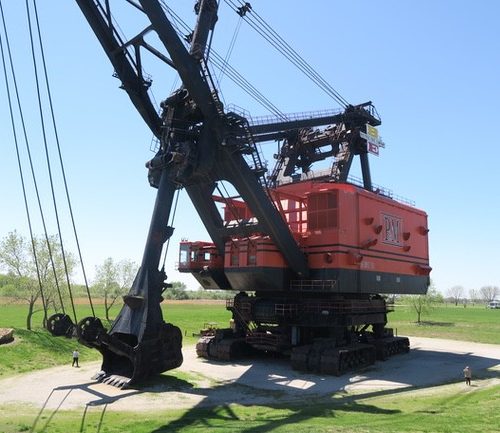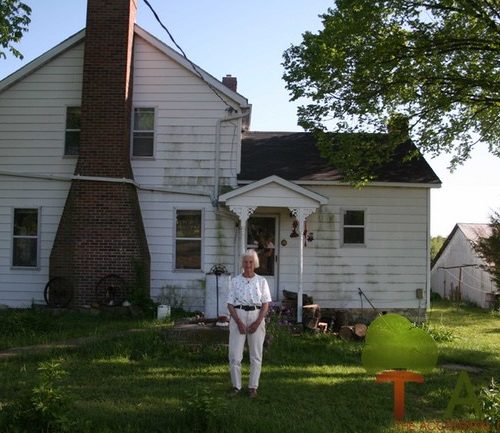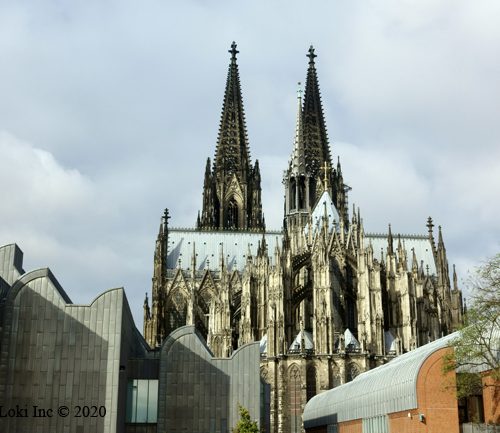Montauk State Park, located near Salem, Missouri, is one of the most popular vacation spots in the state, largely in part because of its popular trout stream (Current River) and fish hatchery on-site. The park also holds other treasures – namely historical Civilian Conservation Corps (CCC) structures, along with its huge gristmill. Plus, visitors may camp, hike, bike, stay in a lodge or cabins on-site and generally enjoy the great outdoors in this pristine setting.
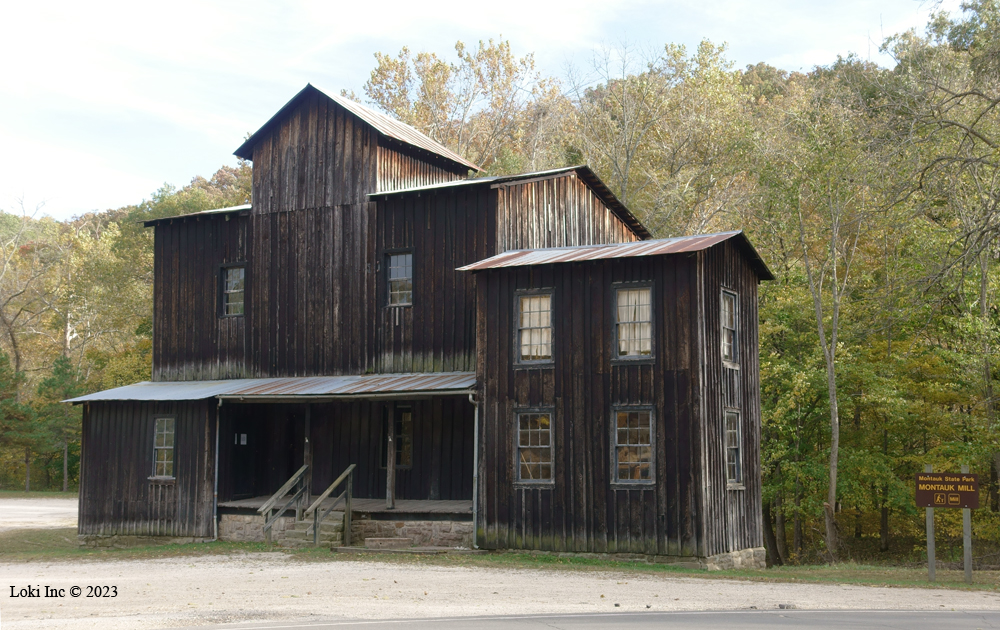
Park naturalist Kristie Nelson manages the natural and historical resources at Montauk, including offering nature programs and tours of the historic gristmill. Though she is a relative newcomer to Missouri and Montauk, she feels at home in this rural setting. She mentioned that before moving here, she worked as a bird biologist for more than 20 years and lived with her husband on a rustic ranch in eastern California that was a lot like a step back in time. They lived in an 1880s homestead cabin maintained to look original, without power or modern amenities. She said, “We heated the house and often cooked on a 100-year-old cookstove, so it’s been a very fitting job coming here to Montauk, to be both the biologist for the park and look after the mill and offer tours of it – helping visitors experience a step back in time.”
Kristie said about 600,000 people per year visit the park. She added, “It’s a specific destination, at the end of the road. People are coming here for the purpose of visiting the park. By far and away, fishing is the biggest draw. Montauk is one of Missouri’s trout parks, and there’s a hatchery and nightly stocking here, so fishing is really good.”
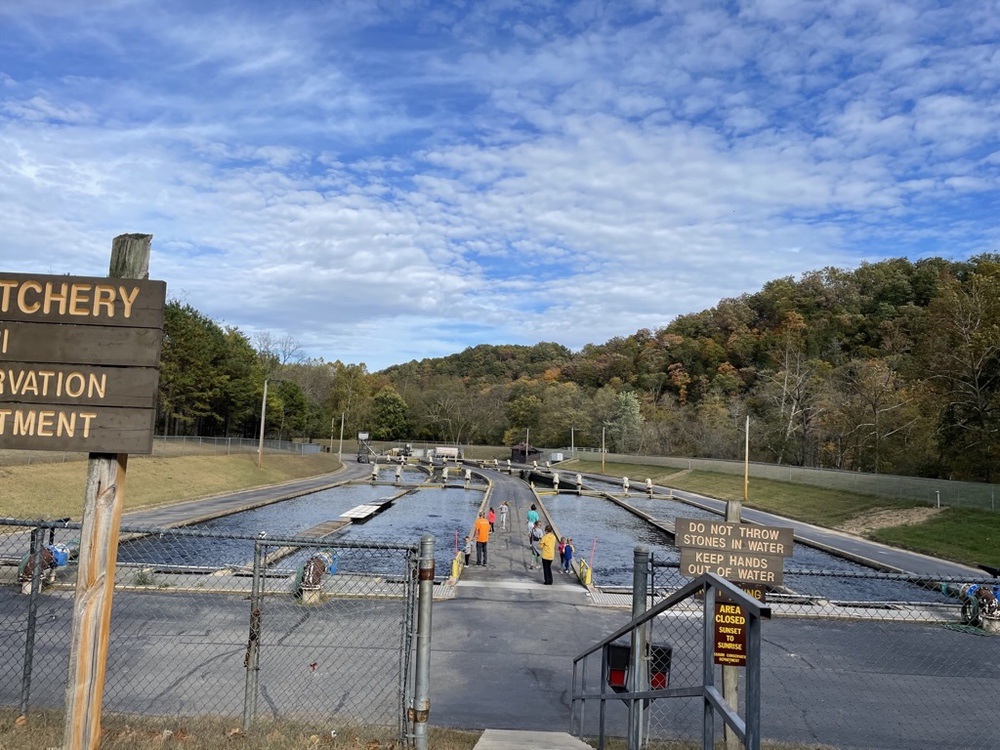
When asked about the mill, she said, “The mill has such a commanding draw to it. It’s like the heart of the park—centrally located, big, mysterious. It just oozes a history and a story to tell, so I think it draws the attention of anyone who comes here.”
History of Montauk Mill
Kristie ran through the history of Montauk, which once had two mills operating in the valley. She said, “The very first mill was built around 1835, not long after the valley was permanently settled by white settlers around 1829. The original mill was known as the Holloman Mill. It was on the same parcel that our current mill is, but about 100 to 200 yards downstream and closer to the river. The second mill was built around 1860, and known as the Stevenson’s Mill. That was located closer to the main spring, closer to where the fish hatchery and old stone CCC footbridge is today. That mill operated for some time, and the Stevensons were involved in the community. In 1881, a woman named Elizabeth Hickman purchased the Holloman Mill and her son, Timothy, operated it and did some repairs on it. In 1894, they tore that one down and rebuilt a new mill in the approximate location of the mill we have today. Yet as soon as that third mill was completed, it burned down – suspected of arson. Timothy immediately rebuilt with a famous millwright named William Furry, and this is the mill we have today.”
The mill was a gristmill, and ground flour and corn on-site. “The corn grinding was simpler than flour milling because it didn’t involve the sifting and some other processes required.” When asked if the equipment is functional, she was doubtful. “From what I hear, they got the corn grinder going by way of a tractor in the 1990s. Unfortunately, any future operations are unlikely.”
She added the hydropower aspect from the river is a “thing of the past.” However, she pointed out the fact that the waterfall – or mill dam – is still on-site and in the same location as when the mill was in its heyday. She said, “It’s still used, and it’s been built upon and refurbished, but it’s still the old original mill dam. But today, it’s shunting water to feed the fish rearing pools, right below the mill.”
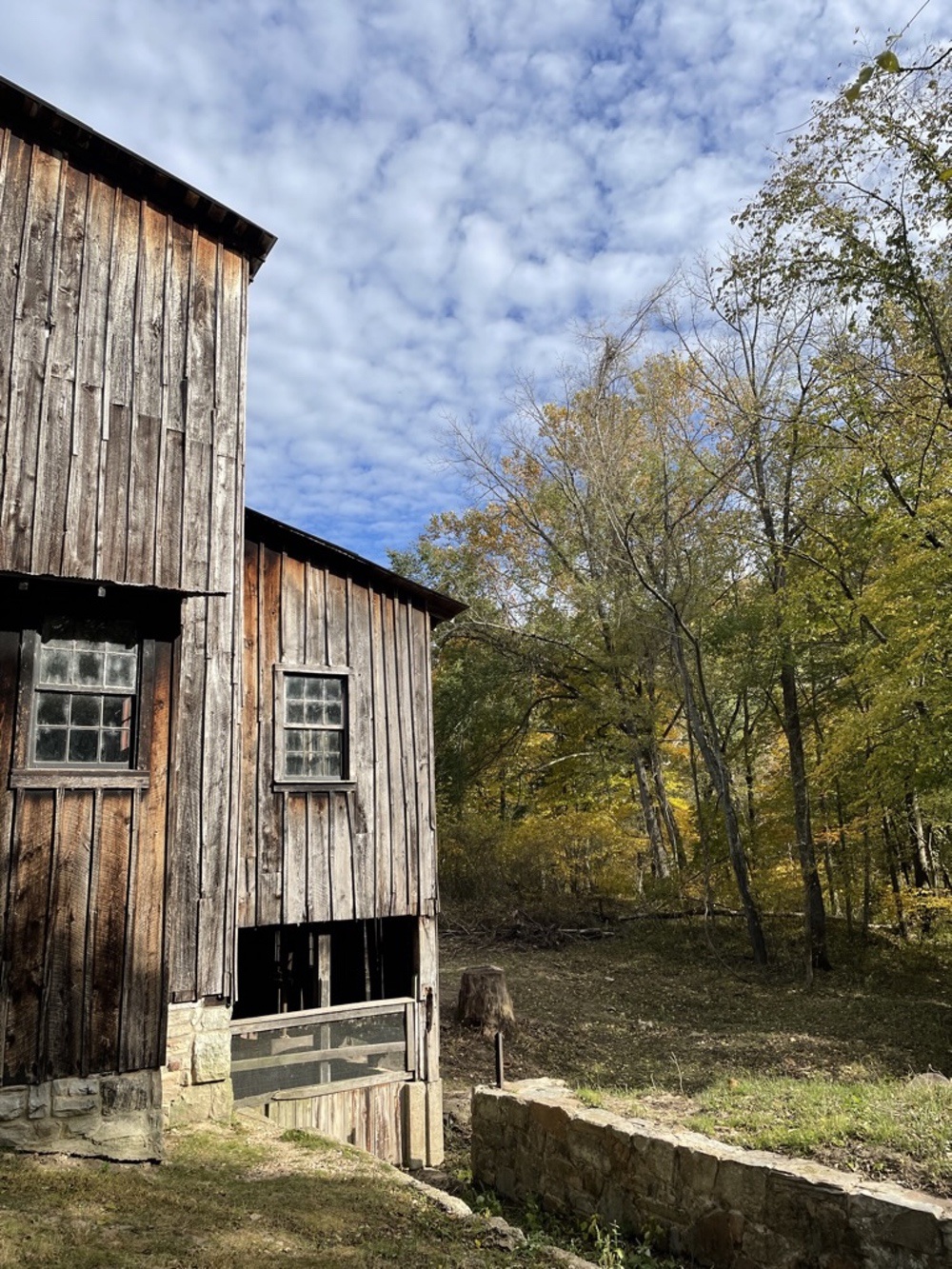
Kristie said most of the machinery in the mill is original, except for the corn grinder display and the three steel roller mills. The roller mills went to support WWII steel production efforts in the 1940s. Luckily, replacements like the originals were acquired by state parks.
As for the mill’s buhr stones, she said the original ones lie in the front of the mill because the CCC removed them to preserve the floor and lessen the weight overall in the building, back in the 1930s. The mill continued to operate through 1927.
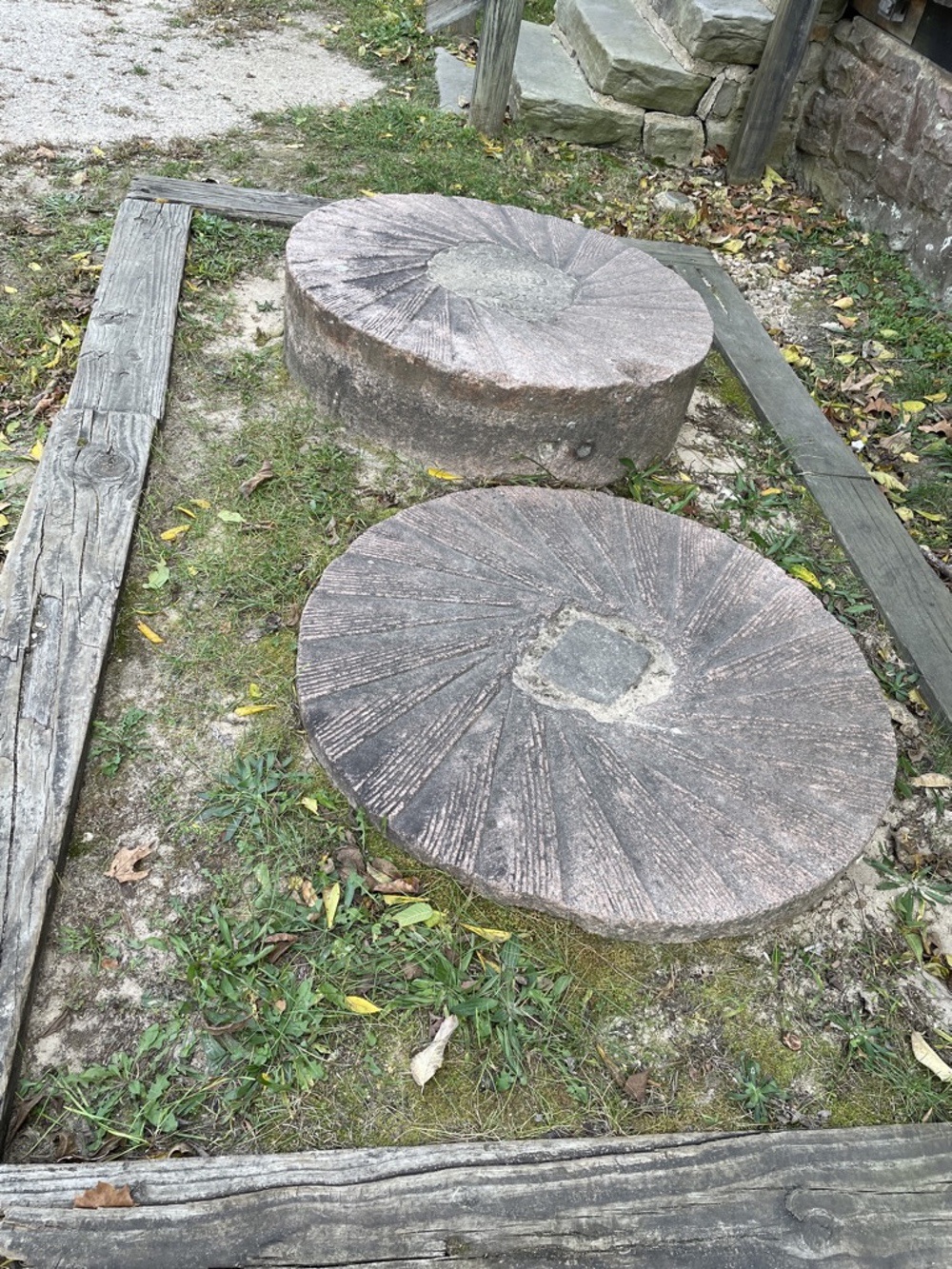
Kristie also mentioned an interesting location for an old buhr stone: “There is a buhr stone over by the campground, right below the bridge on the downstream side in the river. It’s either from one of the mills that got torn down or was simply a worn out stone that was replaced.
That’s just a guess!
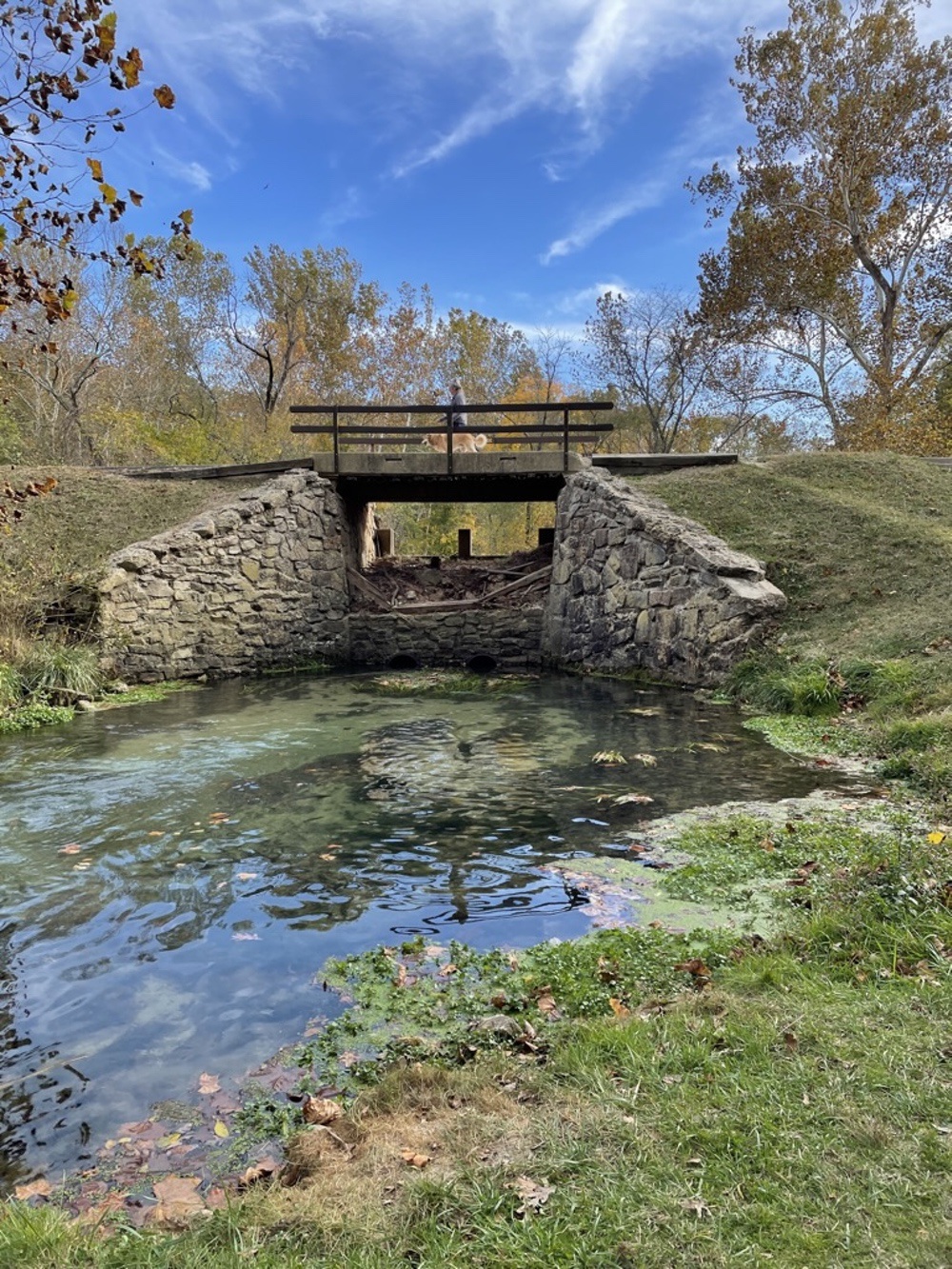
Hauntings and Disasters?
Regarding hauntings or disasters often associated with mills, she remarked, “I’ve heard a lot of the legends here, but I’ve not heard anything too ghostly about the mill. One of the millers did have ill health, which may well have been related to the white lung, and he was heartbroken when he had to sell because it gave his life a lot of meaning and purpose. There certainly have been Civil War-related hangings and deaths in the park … but nothing that I know of associated with the mill.”
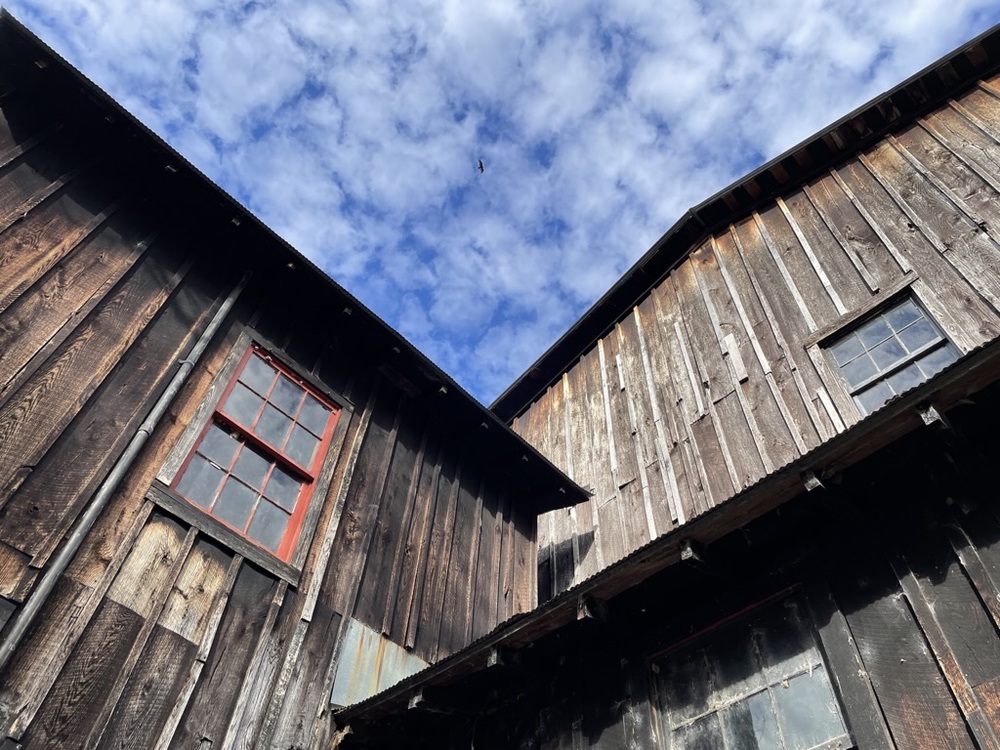
Renovations at Montauk Mill
Kristie mentioned renovations are in the works at the mill. “Being an old building, things wear out. We are planning to reroof the entire structure; it’s probably some years out for the whole building. But, for this year, we’re replacing the roofing (corrugated metal) on the south side of the building, which is where the majority of the leaks are … so that will clear up most of our problems. This year, too, we’re going to reassess and repair the board and batten on the entire structure. Whenever possible, we reuse the old wood, and our process of fixing old historic buildings is precise and goes through review, with an eye toward maintaining as much authenticity as possible. Then we’ll refinish the whole structure with a wood-preserving finish, because it looks a little threadbare.”
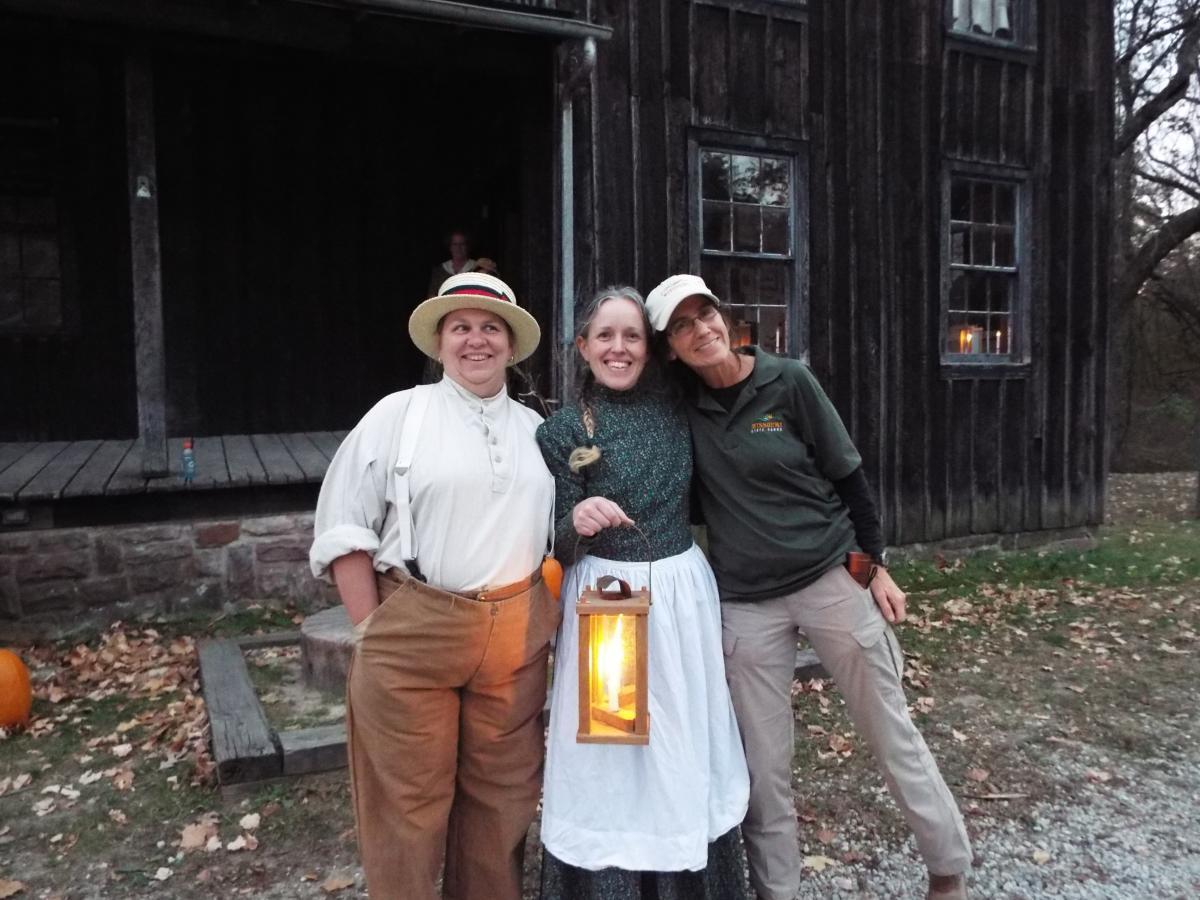
Events at Montauk Mill
Kristie said she is looking forward to events coming back to the mill. March 1 saw the park reopen for catch-and-keep trout fishing. She said, “Once fishing season starts, we will open for tours throughout the week. On Sat., May 13, we’re bringing back our Mill Days celebration, where we bring in crafters and historic demonstrators. Since you asked about ghosts, in late October we have a spooky event, where it’s a reenactment and host a ‘Haunting of the Mill’ event, where spirits of the past appear to tell their stories.”
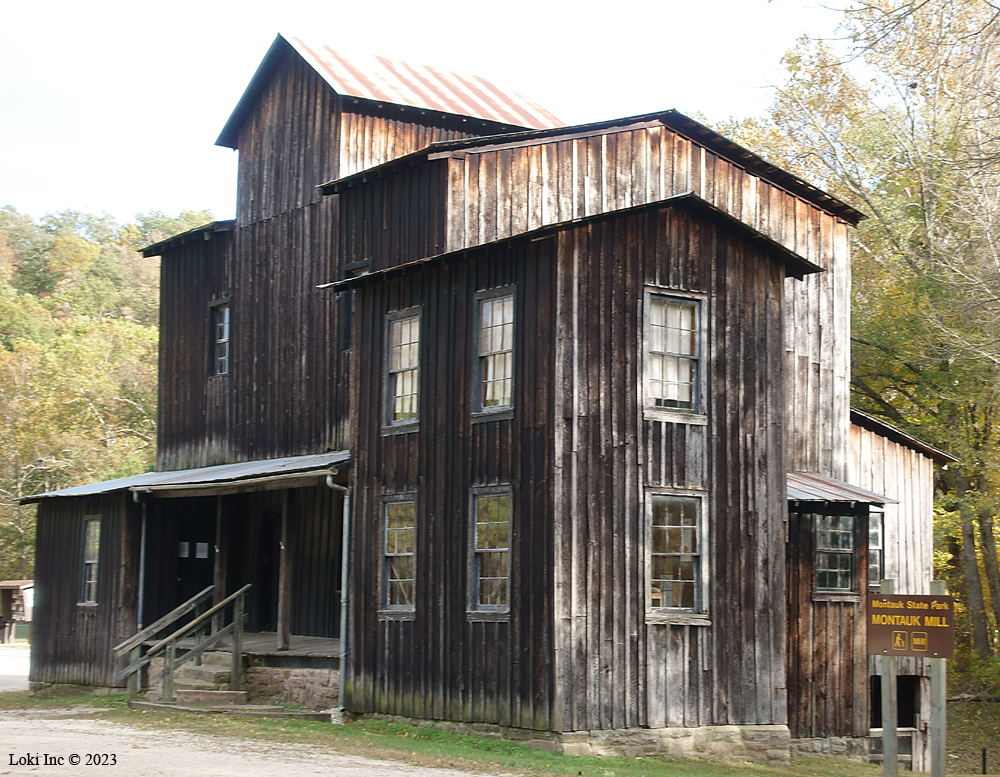
For more information about Montauk Mill and the state park, check online.

